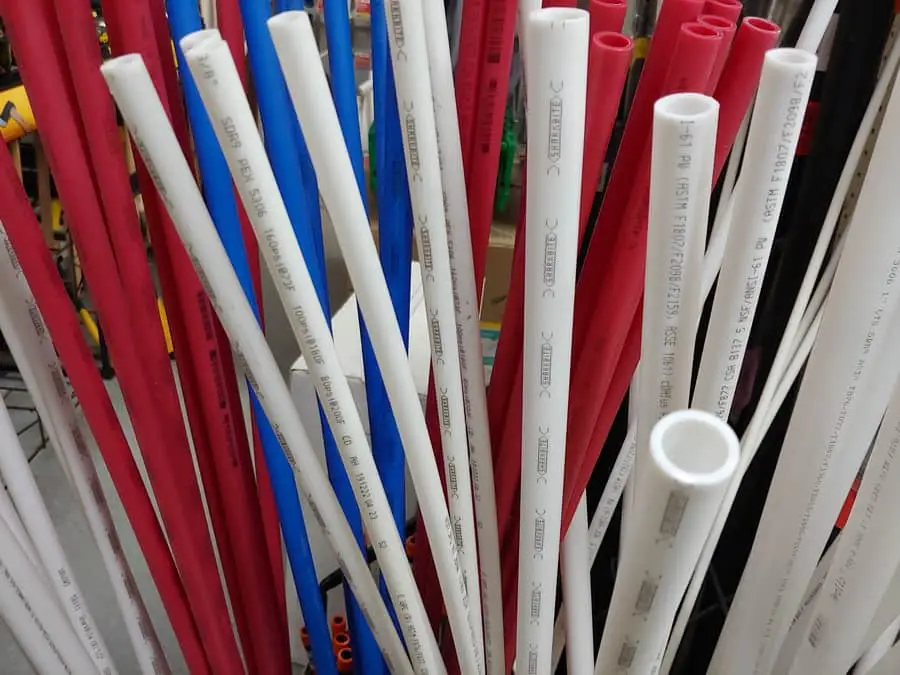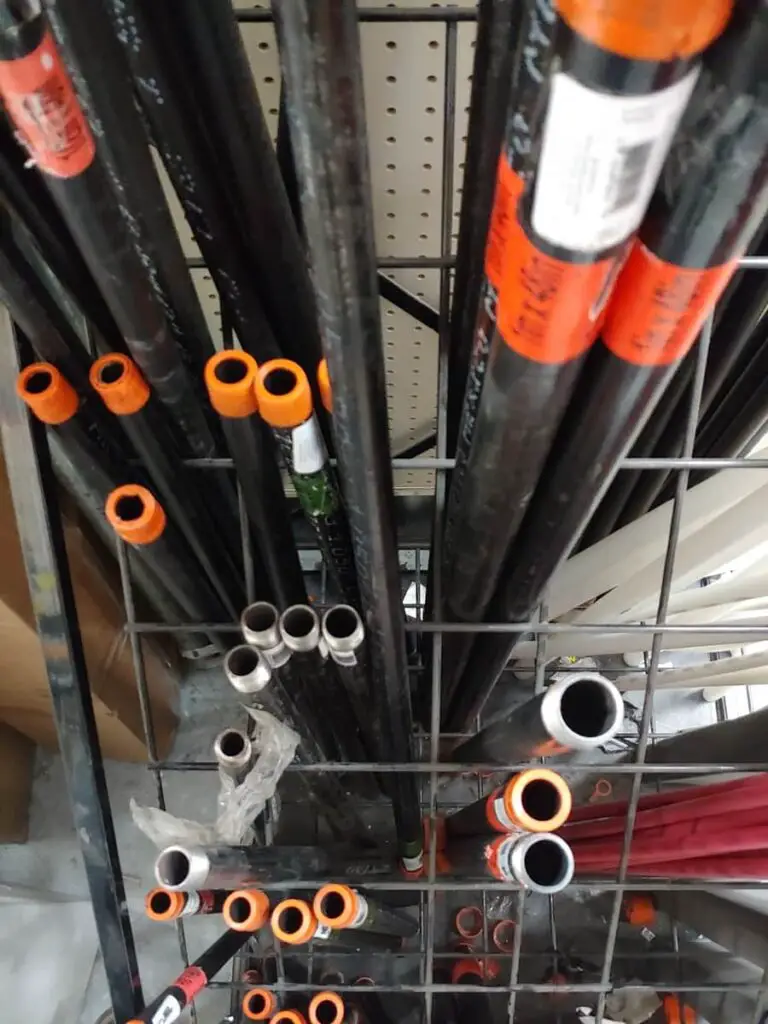The difference in pressure between natural gas and propane at the house line is minimal at under one pound and measured in inches of water column. Most of my customers don’t know that.
This site contains affiliate links. If you purchase on these links, you don’t pay more, but I get a small commission.
We live in a plastic world today; PE pipes are great for natural gas and propane installations.
When considering a DIY gas piping project, verify you get the right plastic.
If you want to enter the world of confusion, go to (ad) amazon.com, enter the term “PE pipe,” look around, and notice the intended use for pipe labeled “PE.”
Then enter “PEX pipe” and have another look at the different uses for pipe labeled PEX.
Enter the term “underground gas pipe” into Amazon’s search bar for fun.
By now, you should have noticed that the acronyms for PE or PEX are just thrown around, leaving many searchers wondering what is the right kind of pipe.
But then again, if you look for the intended use, you should find it, specifying if it’s meant for water, gas, or even air.

Because the algorithms on sites like amazon.com keep changing and our search results vary according to our supposed intent, your search results may differ from what I see.
Residential Gas Pipe Requirements: Will My Local Building Department Help?
Your local building department will inspect your residential gas line, so let’s hope they know the right products. If you’d like to learn more about what kind of work requires a permit, you can read my article about what type of work requires permits.
Here’s where most of us have to swallow our pride and learn to ask those in authority precisely what is allowed for gas piping in your own respective jurisdictions.
That’s why it’s hard for me to be specific about what materials you can or cannot use. Every county and even city has its own rules and codes. They follow a national code but stick in little variables that must be followed to get a final inspection approved.
For the most part, code reinforcement personnel know the products used for gas piping and where they can be used. These people are not the enemy; in my experience, they are not opposed to homeowners doing work for themselves, even gas piping.
As a homeowner in most counties, you can pull your own permits and do your own work. By following the rules, you can ensure the safety of your home and family and your future homeowners.
Getting your own permit is usually restricted to personal residence, not a rental or commercial building. But that’s a question for your local code enforcement agency because, like I said, things vary from place to place with these agencies.
Calling your local inspector is a great idea before proceeding, especially with purchases of materials. You may get lucky and have an inspector stop by your home and review your project. I’ve had this happen, but I didn’t expect it.
By the way, do some research first and ask good questions. Inspectors can tell if a homeowner has the ability and wherewithal to perform the work properly. They will even tell you that it might be best if you hire it out to professionals.
What Is PEX Piping Used For Inside The House?
You’ll find PEX used for water inside a house but not PEX or PE pipe for natural gas or propane. The right stuff for the inside of your home will vary slightly with building codes.
Before buying materials, if this is a DIY project, consult your local building department or a professional. Your area professional could either be a plumber or an HVAC contractor.
So, depending on your local code enforcement, the most common type of gas piping inside the home is CSST, black iron, or copper.
CSST is more expensive but so easy to install. It requires simple tools, no more complicated than a pipe cutter and a couple of wrenches.
An ordinary pipe cutter will work, but it doesn’t quite cut the CSST pipe and sometimes leaves a slightly ragged edge. Standard pipe cutters will leave a rough edge at the end of the pipe. Look at this one (ad) on Amazon that cuts CSST pipe diameter between 1/4″ to 1 7/8″.
| Rothenberger 1000001747 CSST Tube Cutter, 6-42mm | Amazon |
| CSST Tubing Cutter For 1/4 In. To 1-1/4 In. Tubing | Amazon |
| Apollo Valves 69PC07PZ CSST Tubing Cutter, 1/4-inch – 1-1/4-inch | Amazon |
The reason why a cutter had to be made specifically for CSST is because of the deep grooves in the pipe. The wheel on the cutter had to penetrate deeper than the average cutter.
Black iron pipe is not nearly as expensive, but labor is extensive and hard. Having a pipe threading machine rather than a tripod and threading tools is somewhat of a help, but it just can’t beat threading flexible CSST pipe through a house.

The potential for leaks is much less with PEX or CSST types of pipe. Even so, with both black iron pipe and CSST, you don’t know if you have leaks until you are done and put on a pressure test.
If you have a leak with black iron pipe, you will most likely have to take it apart and tighten fitting over again. Not so with CSST; in most cases you mearly tighten the leaky fitting.
Even within the CSST family of pipes, there are different products. TracPipe has a product that is resistant to lightning. Even if you don’t live in an area prone to lightning, TracPipe would be my favorite—just another layer of safety.
And while you’re learning about gas piping, read my article on grounding or bonding gas pipes. It’s another one of those little details that contractors and inspectors sometimes miss.
Some of the code is a little hard to interpret, but then again, your local code enforcement agency will tell you what their correct way of doing things will be.
